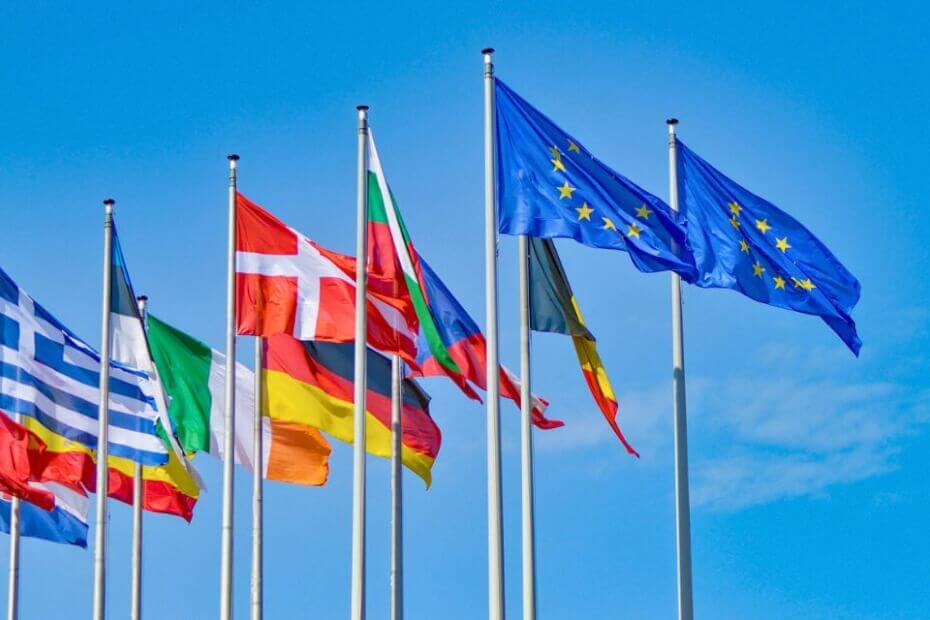Say farewell to lengthy lines and passport stamps! Coming soon, the European Union (EU) will be implementing the Entry/Exit System (EES), a cutting-edge digital system designed to enhance border control procedures for non-EU travelers. This initiative, recently announced by the EU, is anticipated to be operational by the latter half of 2024.
Here is a comprehensive overview of this innovative development.
What is the Entry/Exit System (EES)?
The European Entry/Exit System (EES) is a cutting-edge automated system designed to streamline the travel process for passengers by eliminating the need for manual passport stamping and automating border control procedures.
When utilizing the EES, travelers will be required to present their passport for scanning, have a photo of their face taken, and have their fingerprint scanned for identification purposes.
In order to access the system, passengers must possess a biometric passport, which contains a chip storing biometric information collected at the time of passport application. Additionally, travelers will need to provide their biometric data, such as fingerprints, for scanning. Failure to provide this data will result in denial of entry into European countries utilizing the EES.
Overall, the EES offers a more efficient and secure way for travelers to navigate border control procedures, ultimately saving time and enhancing the overall travel experience.
What data does EES store?
- Records of your entry and exit within the Schengen zone.
• Personal data – nationality, full name and date of birth
• Biometric data
• Any refusals of entry.
Who can use EES?
– Individuals holding a Schengen short-stay visa
– Individuals who do not need a visa (for stays of up to 90 days within any 180 days) and are accompanied by a European Travel Information and Authorisation System (ETIAS) waiver.
Please note that this requirement applies to all Schengen Zone countries utilizing the EES.
European countries using the EES
The Electronic Entry System (EES) is being implemented in most EU member states, excluding Cyprus and Ireland, where passports are still manually stamped.
- Austria
- Belgium
- Bulgaria
- Croatia
- Czechia (Czech Republic)
- Denmark
- Estonia
- Finland
- France
- Germany
- Greece
- Hungary
- Iceland
- Italy
- Latvia
- Liechtenstein
- Lithuania
- Luxembourg
- Malta
- Netherlands
- Norway
- Poland
- Portugal
- Romania
- Slovakia
- Slovenia
- Spain
- Sweden
- Switzerland
What is Schengen Visa?
A Schengen visa is a travel permit for non-EU nationals to visit a country in the Schengen area for up to 90 days within 180 days.
There are three types of Schengen visas available:
– Single-entry visa: permits one entry into the Schengen area.
– Multiple-entry visa: allows for multiple visits to the Schengen area as long as the visa remains valid.
– Airport transit visa: permits travelers to pass through the international transit area of a Schengen airport during a layover or flight change, without exiting the airport.
Also Read: Here’s how to travel from Ajman to Dubai for just Dh15!
